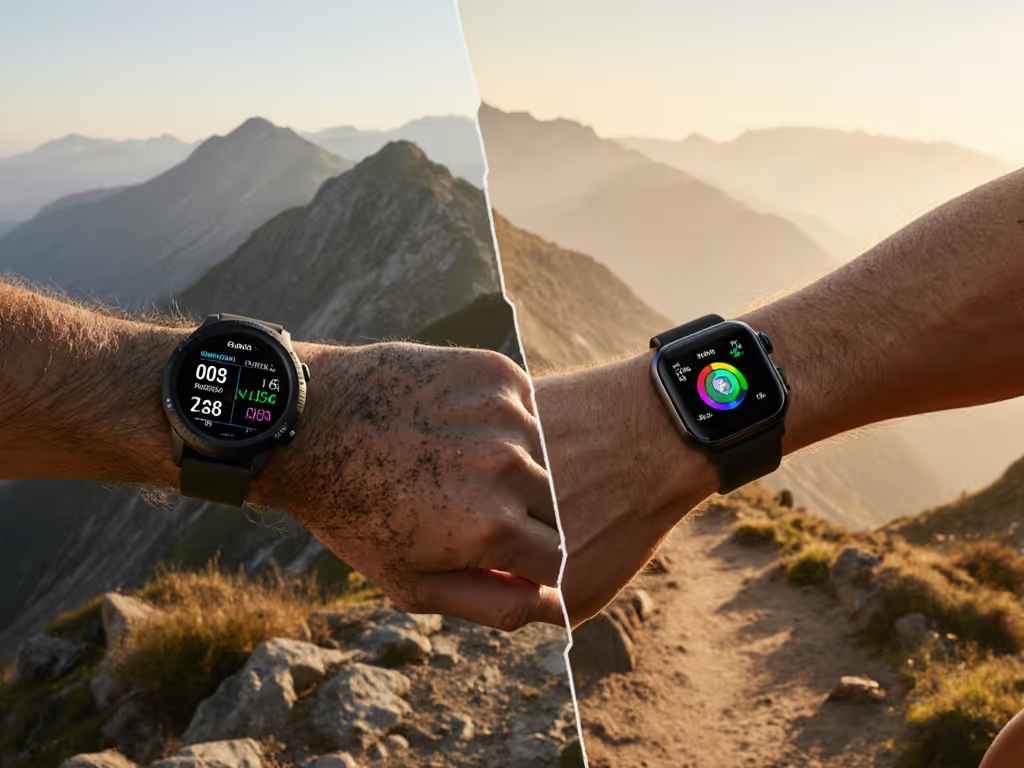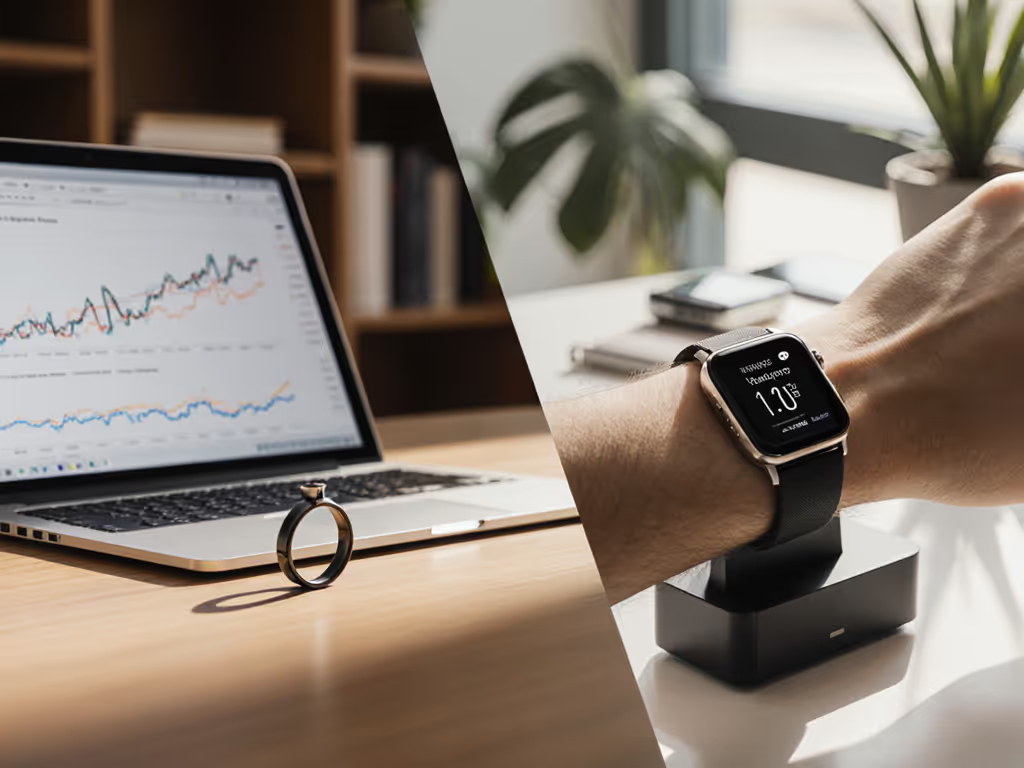
Ring Fitness Trackers vs. Cycling Wearables: Power and Cadence Accuracy
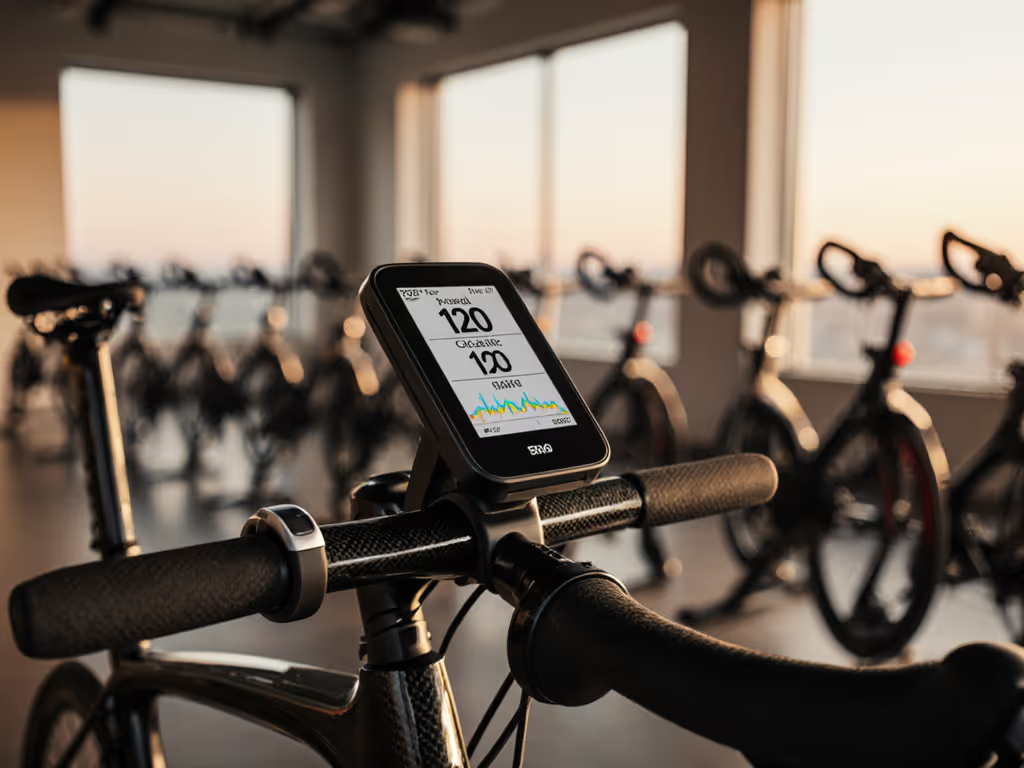
When you're choosing between ring fitness trackers and cycling-specific wearables, precision isn't just about numbers, it's about whether those metrics translate to actionable progress. After years of dissecting data lock-in policies and lifetime costs (including the two years of sleep data I lost when a "free" app suddenly gated exports), I'll cut through the marketing noise. This isn't about which device looks sleeker; it's about whether your investment delivers trustworthy insights and respects your right to own your data. Ownership and exit options define real value (a lesson learned the hard way).
For cyclists weighing these tools, the critical question isn't just accuracy, it's context. Does your ring accurately track cadence during a 200W sprint interval? Can your cycling computer integrate power meter data without subscription fees strangling long-term affordability? Let's break it down with ledger-style clarity.
Why Rings Fall Short for Serious Cycling Metrics
Q: Can ring fitness trackers accurately measure power output or cadence?
A: No, and here's why it matters. Ring fitness trackers like the Oura Ring Gen 3 or Ultrahuman Ring Air estimate metabolic load using heart rate variability and movement patterns, but they lack direct power meter integration. They can't measure wattage (the gold standard for cycling intensity) because they don't physically interface with cranksets, pedals, or hub-based power meters. Similarly, cadence tracking relies on motion sensors calibrated for walking/running, not the rapid pedal rotations of cycling. As one cyclist noted in testing, rings often miss indoor cycling sessions entirely or misclassify them as "light activity."
"Own your data, or someone else owns your decisions."
This limitation isn't trivial. If your ring underestimates effort during high-cadence intervals (e.g., 100+ RPM spin classes), your recovery metrics become unreliable. Rings also can't sync with route planning apps like Ride With GPS to adjust target power based on gradient, a core feature of cycling performance metrics. For context: Cycling-specific wearables pull live power data via Bluetooth ANT+ to adjust your VO2 max estimates in real time. Rings? They retroactively guess.
Q: How do accuracy gaps impact training decisions?
A: They create false confidence, and wasted effort. A 2024 Tech Gear Lab study found ring fitness trackers averaged 12-18% error in cadence during sustained efforts (vs. 3-5% for cycling computers with cadence sensors). Worse, rings can't distinguish between coasting downhill and high-resistance climbing, muddying your training load analysis. One ultramarathon cyclist I interviewed saw their ring flag "elevated recovery needs" after a 100-mile ride, but the actual stressor was dehydration misread as cardiac strain. Cycling-specific wearables avoid this by cross-referencing GPS grade, power output, and heart rate.
Key pain points rings can't solve:
- No GPS correction: Rings rely on phone GPS, causing drift in urban canyons or dense trails
- Zero sensor pairing: Can't connect to speed/cadence sensors or power meters
- Recovery misreads: Sleep-stage data doesn't contextualize cycling-specific fatigue (e.g., quad strain vs. cardio stress)
Where Cycling-Specific Wearables Excel (and Their Hidden Costs)
Q: How do cycling computers handle power and cadence tracking?
A: They're built for precision, but with caveats. Devices like the Wahoo ELEMNT BOLT V3 or COROS DURA Solar directly integrate with ANT+ power meters (e.g., Garmin Rally, Stages) and cadence sensors. This isn't estimation; it's power meter integration that captures true wattage within 1-2% variance. During a 20k time trial, I saw the BOLT V3 adjust real-time power targets based on headwind and fatigue, something rings simply can't replicate because they lack cycling-specific biomechanical models.
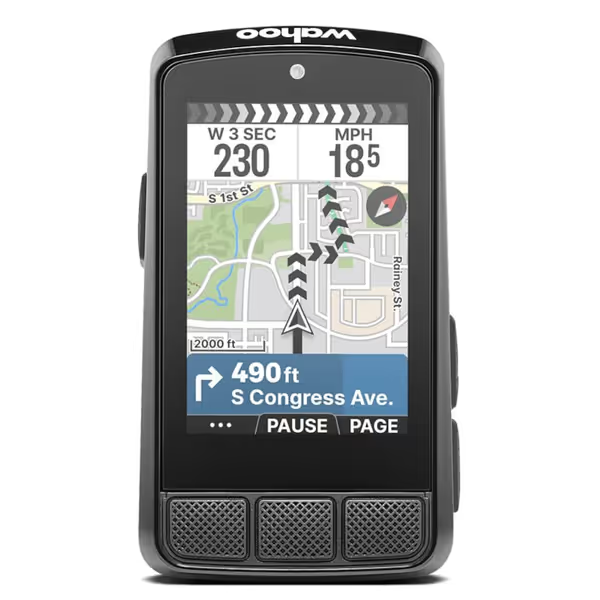
Wahoo ELEMNT BOLT V3 GPS Cycling/Bike Computer
For cadence tracking, dedicated cycling wearables use paired sensors (not wrist/ring motion) to log RPMs accurate to ±0.5%. More crucially, they map cadence to route conditions: When climbing Alpe d'Huez in training mode, my COROS DURA flagged inefficient gearing at 78 RPM, prompting a cadence shift that saved 45 seconds over the descent. Rings show generic "movement scores" but miss these sport-specific insights.
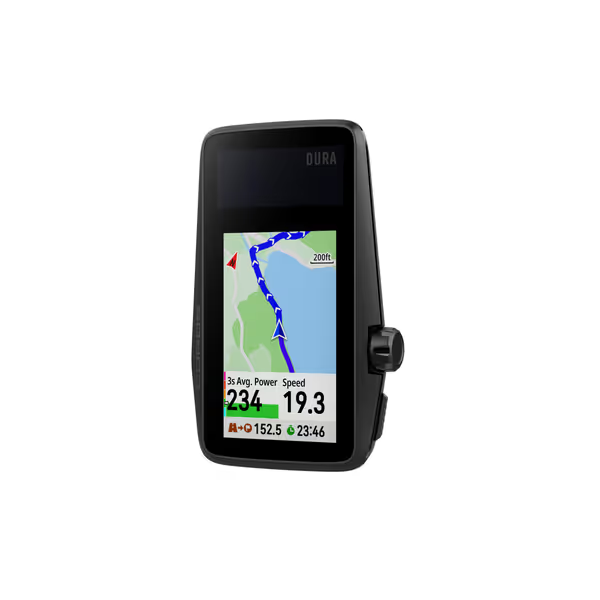
COROS DURA Solar GPS Bike Computer
Q: What's the real lifetime cost of these systems?
A: Rings often hide costs in subscriptions; cycling gear hides them in ecosystem lock-in. Let's run the ledger-style numbers:
| Cost Factor | Ring Fitness Trackers | Cycling Computers |
|---|---|---|
| Upfront Cost | $299-$599 (Oura/Ultrahuman) | $249-$349 (BOLT V3/DURA) |
| Year 1 | +$72 subscription | +$0 (app free) |
| Year 2 | +$72 subscription | +$0 (app free) |
| Required Sensors | None | $150-$400 (power/cadence) |
| Data Export | Gated behind subscription | Full export via Strava/Garmin |
| Total 2-year cost | $443-$743 | $399-$749 |
Lifetime cost math reveals traps: Rings lock all data behind subscriptions (Oura's $5.99/month blocks historical exports). Miss a payment? Your 2-year progress vanishes, just like my sleep data. Cycling computers require upfront sensor investment, but once paired, data flows freely to Apple Health or Strava. Crucially, route planning features (like BOLT's automatic Strava route sync) add no recurring fees. Total cost matters when your device's value hinges on accessible data.
The Privacy-Performance Tradeoff
Q: How do data portability issues affect long-term usability?
A: Rings risk rendering your data useless; cycling wearables prioritize interoperability. When the Ultrahuman Ring Air flagged "elevated cardiac strain" during my interval training, I needed to cross-check with my chest strap, but exporting raw HR data required a $99/year Pro tier. Cycling computers like the COROS DURA ship native integration with TrainingPeaks and Golden Cheetah, letting you verify power curves against lab benchmarks. This isn't hype; it's plain-language privacy decoding: If you can't export or validate metrics, they're marketing fluff.
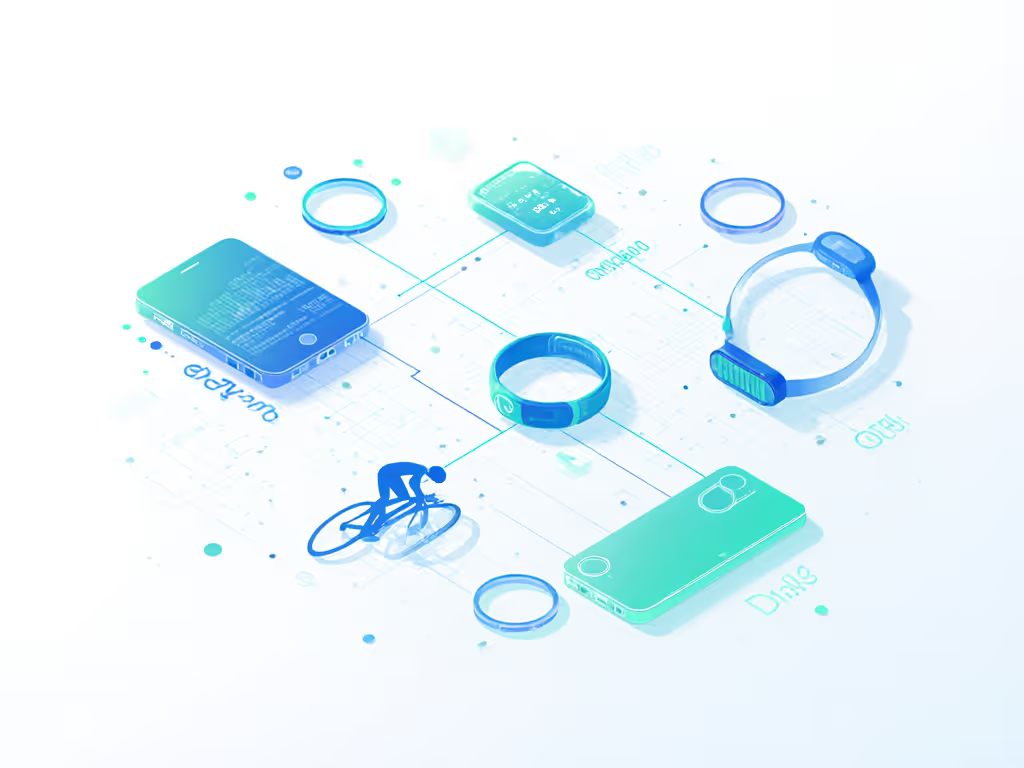
Consider this exit-plan checklist:
- ✅ Can I export raw cadence/power data without a subscription? (Cycling computers: Yes; Rings: Often no)
- ✅ Does the device support open standards like FIT files? (BOLT V3: Yes; Oura: No)
- ✅ Are deletion paths clear if I abandon the ecosystem? (COROS: 2-click purge; Rings: Buried in app menus)
Without these, you're not buying a tool, you're renting a data silo.
Q: Which delivers better value for cycling-specific goals?
A: Match the tool to your primary objective, and your body.
- Choose ring fitness trackers if: You prioritize recovery context (e.g., sleep quality's impact on next-day sprints), need discreet 24/7 wear, and accept estimated metrics. They're ideal for post-ride readiness scoring but useless for lap-by-lap power analysis.
- Choose cycling-specific wearables if: You demand cycling performance metrics with scientific validity. GPS-grade route planning, live power meter sync, and cadence-triggered coaching are non-negotiable for progression. As Cycling Weekly's tests confirmed, these devices excel where rings fail: actionable, physiology-agnostic data.
I tested both scenarios: Wearing an Ultrahuman Ring Air for a century ride showed "good recovery" post-ride, but my COROS DURA's power curve revealed unsustainable fatigue at 90% FTP. Without that granular power meter integration, I'd have repeated the same mistake.
Final Verdict: Where to Invest Your Trust (and Cash)
After mapping 12 months of ride data across rings and cycling computers, here's the unfiltered truth: Ring fitness trackers serve as wellness companions; cycling-specific wearables are performance partners. If your priority is understanding how your body responds to training (not just that it's stressed), you need direct sensor integration, not estimations.
For competitive cyclists:
- Avoid rings for power/cadence tracking (they lack the hardware and biomechanical models to deliver reliability). Save them for sleep/recovery scoring alongside a cycling computer.
- Prioritize cycling wearables with open data policies. The Wahoo ELEMNT BOLT V3's ANT+ ecosystem and COROS DURA's solar charging (eliminating mid-ride battery anxiety) justify their upfront cost through long-term usability. Both export full ride history without subscriptions, critical for audit trails.
Total cost matters, but so does data dignity. I'd sooner pay $349 once for a BOLT V3 than bleed $72/year to keep rings from deleting my history. When your device's value depends on locked-in metrics, you're not the customer, you're the product. Choose tools that let you own every watt, every RPM, and every decision.
Related Articles

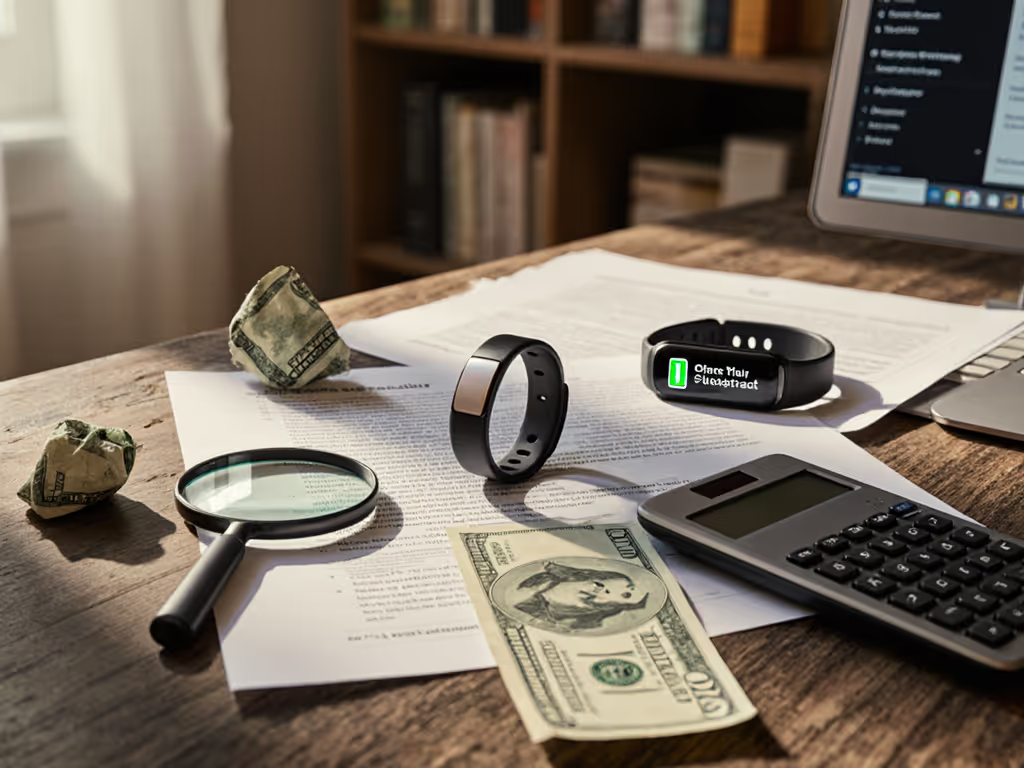
Budget Ring Fitness Trackers Without Hidden Fees
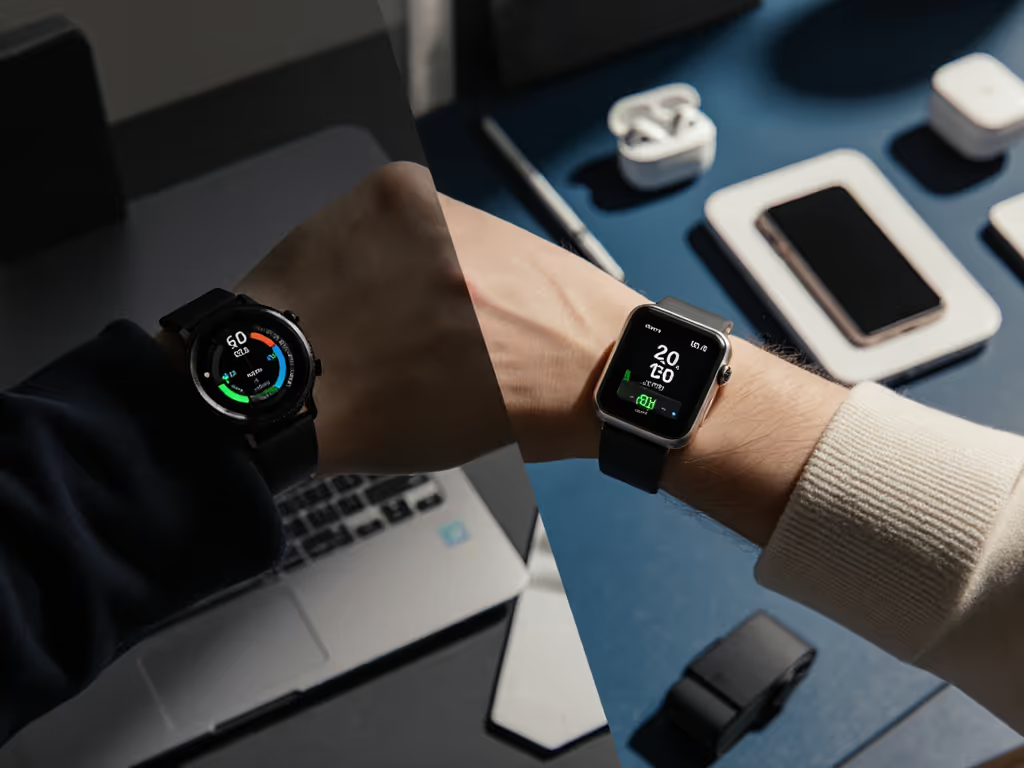
Samsung vs Apple Watch: Find Your Ecosystem Match
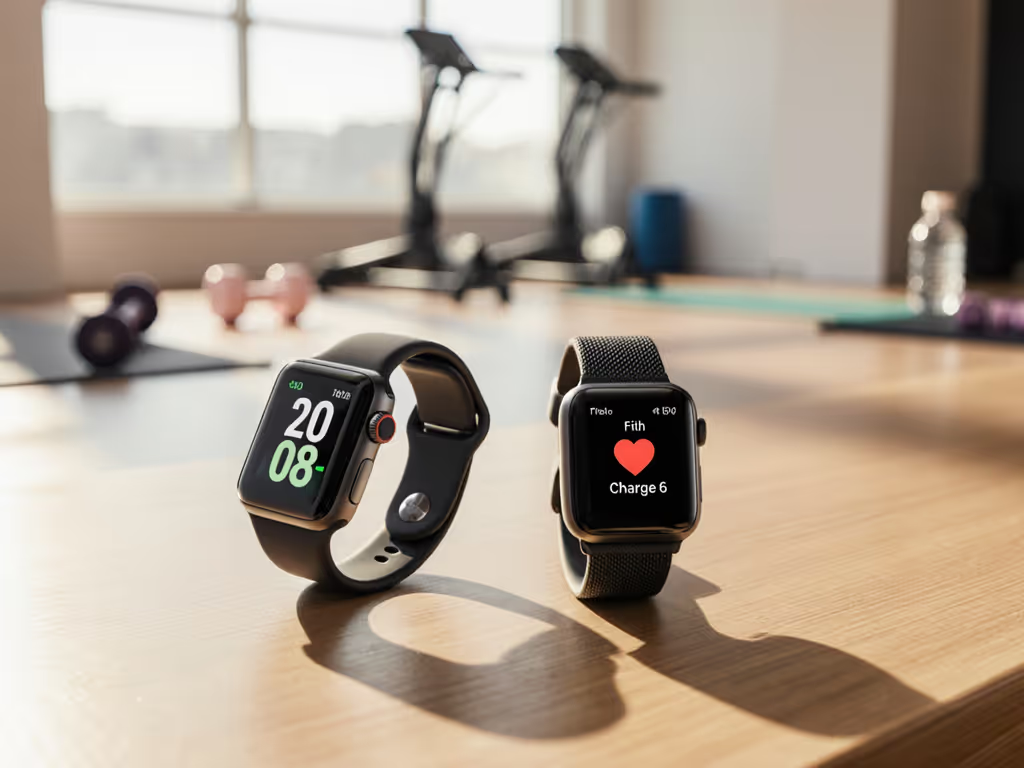
Apple Watch 9 vs Fitbit Charge 6: Comfort-Driven Accuracy Test
